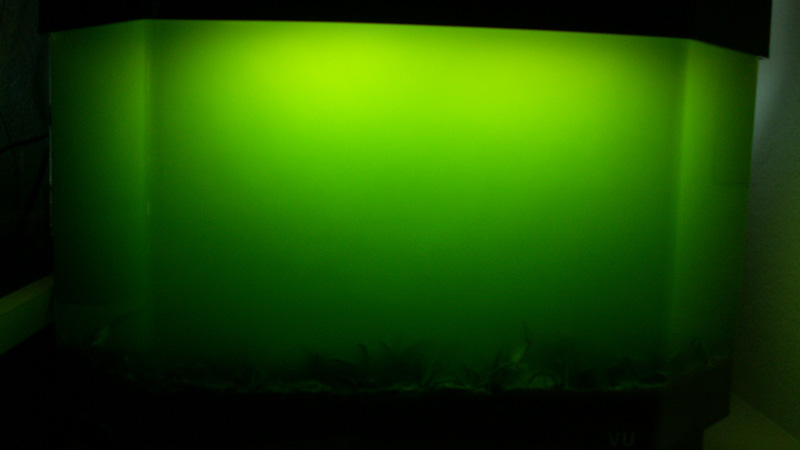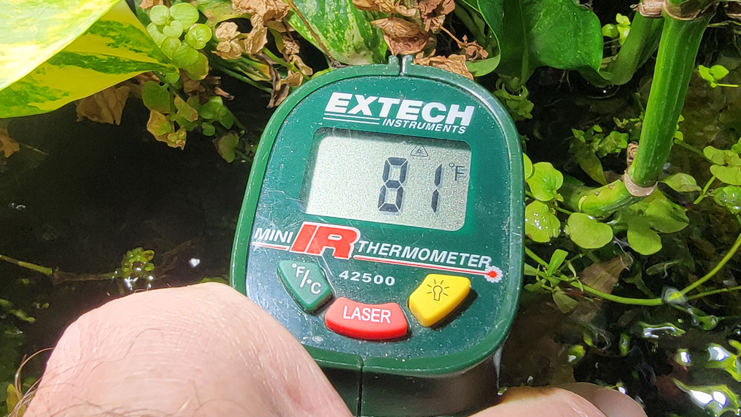Aquarium Equipment

Power heads have four common functions in the aquarium systems, to power under gravel filtration, power a particulate filter, create current, and sump pump. Power heads come in many sizes and you should make sure that you use the correct size for the application. Power heads are also sometimes used the create more current in the aquarium. Power heads may not be a good choice for aquariums that house calm water loving fish like gouramis and angelfish, or floating plants.
Some aquarium manufacturers make pre-filters for particulate filtration that can be connected to the intake of the power head. The intake should never be left uncapped as it can suck in fish.
Aquarium heaters are available in many styles:
- In-line
- Submersible
- Hang on the rim
- Titanium

The most popular heaters are submersible and titanium. When selecting a heater you will want it to be between two and five watts per gallon (4 l). You will need to consider how warm you keep your home in winter. If you keep your home very cool, you may need closer to five watts per gallon. Having more than one heater in a large aquarium of lower wattage is a smart safety feature to incorporate in the system design. Aquarium heaters have been known to fail on, resulting in extremely high temperatures that have killed fish. Having two smaller heaters can help prevent a stuck on heater from overheating the aquarium.
Air pumps have many uses in the aquarium hobby. Most common use for an air pump is to drive the filtration system of UG, box, and sponge filters. They are also used to create extra current, and as a decorative bubble stream. They are commonly used to create continuous current in a brine shrimp hatchery. Most air pumps will require periodic maintenance to replace worn diaphragms that push the air through air line to the aquarium.
Gang valves are used to divide the main air line tube from the air pump into multiple lines. This is often done to provide air for multiple air driven filters. When you use an gang valve, any excess air that is not needed should be bled off through an unused valve. This will help prevent premature wear of the diaphragm in the air pump.
Surge protectors are very useful for connecting your aquarium equipment up to a power source. Typically, I like to have two surge protectors for my aquarium displays, one for lights, and one for pumps, filters, and heaters. Surge protectors allow you to turn off the power to the equipment with one switch before you start a water change.
Timers are used to control when the lighting system and CO2 turn on and off. They keep a consistent day/night cycle for the aquarium ecosystem. Lights are plugged into a surge protector, and then the surge protector is plugged into the timer. Some timers available are digital, and have a battery backup that will keep the time in case of a power outage.

Ultraviolet sterilizer (UV) is used to sterilize the water as it passes through a cylinder that has a lamp that emits ultraviolet light. They are used in aquariums and ponds to kill green water algae, parasites, bacteria, and viruses that are in the water column. The effectiveness of a UV has many factors, flow rate, wattage, water clarity, and cleanliness of the quartz sleeve. Manufacturers of UV sterilizers typically will provide a guide on the recommended flow rate through the unit to kill green water algae, ich (Ichthyophthirius multifiliis), and bacteria. Green water algae can be killed with a short dwell time of exposure to the UV light.
A properly sized UV can prevent ich from reaching epidemic proportions, and in time can eradicate the parasite from the aquarium. A UV sterilizer should not be used as a substitute for a quarantine tank.

UV sterilizers are used in conjunction with a canister filter, sump style filter, or powerhead with a prefilter. Installation is easy, as all that needs to be done is to cut a return line tube and connect each end to the in and out fittings on the UV.
UV sterilizers are low maintenance, they only need the bulb changed and a wipe down of the quartz sleeve periodically. Bulbs may need changing every 6 to 18 months, depending on the type of lamp that is used.
Plants need CO2 (carbon dioxide) to process nutrients, and when they receive it in sufficient quantity they can grow quickly. CO2 injection is often referred to as steroids for plants. It is not necessary to have a CO2 injection system to have a beautiful planted aquarium. Adding CO2 to the aquarium can speed up the de-nitrification process, as plants will take up nutrients faster when the concentrations are elevated.

You must take care when adding CO2 to the water, because it will combine with carbonate to form carbonic acid which will lower the pH of the water. It is best to only run CO2 during the day. During the night plants produce CO2 and use up oxygen, so you should not inject CO2 at night.
For controlling CO2 output you can use an electronic solenoid control connected to a timer that can also control the turning on and off of the lights. CO2 is often added to the aquarium by injecting one bubble per second (sometimes more or less depending on the size of the aquarium) into a CO2 reactor that provides a method of exposing CO2 to the aquarium water for an extended period. Another way, is to inject CO2 into a powerhead or sump pump intake. Some hobbyist use a fine bubble defuser to add CO2.
Not all plants respond the same to CO2, some will not show any noticeable growth difference, but many will need culling or trimming once a week. It is possible to inject too much CO2 into the aquarium, which can lead to fish mortality. You must monitor the fish for signs of stress when using CO2, and discontinue use if it detected.
Most aquarium thermometers are accurate to within 2º F (1º C). Thermometers are available in many styles. The common styles include:

Some heaters like Hagen’s Fluval E series of heaters have a built in thermometer. You set the temperature you want it to maintain and the heater will display the temperature of the water. If the temperature drops three degrees below what you set it at, the display turns blue and indicates the current temperature, and if it is three degrees over, the display turns red and indicates the current temperature.
A laser thermometer can be used to check the temperature of multiple aquariums in seconds. All you need to do is point the device at the glass or surface of the water to get an instant temperature reading.

Chillers are not common in the freshwater side of the aquarium hobby. They sometimes can be of benefit when lighting systems transfer a lot of heat to the water. Chillers are plumbed inline with a filtration system. Water passes through the chiller cooling the water before it is returned to the display aquarium. Chillers do require a lot of power to operate, and can add a significant amount to the cost of an aquarium setup. If a chiller is kept in a cabinet, it must be well ventilated as they can put out a lot of heat.